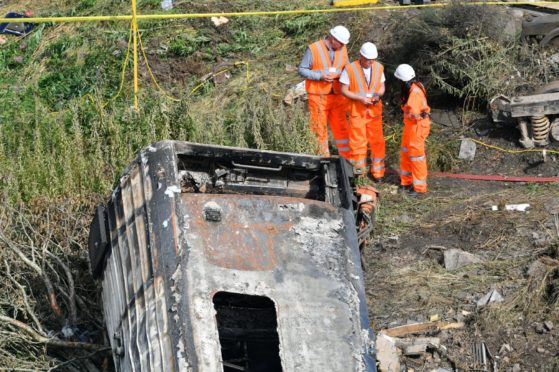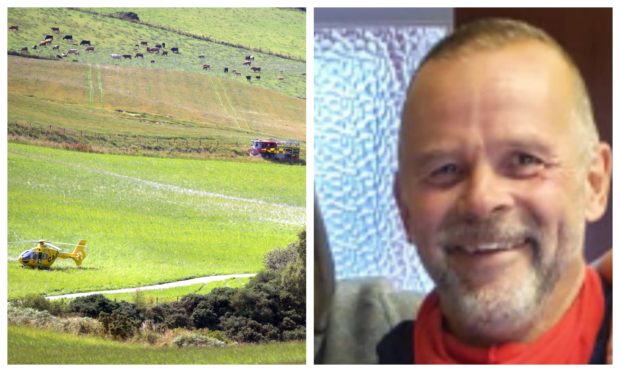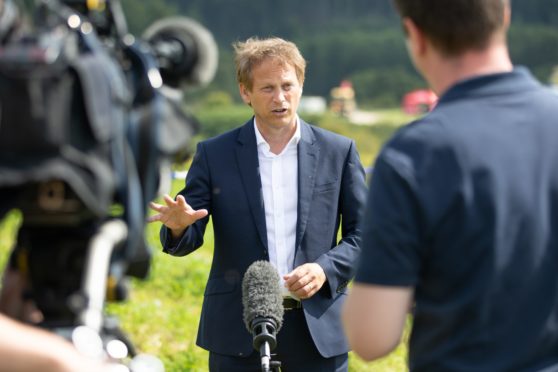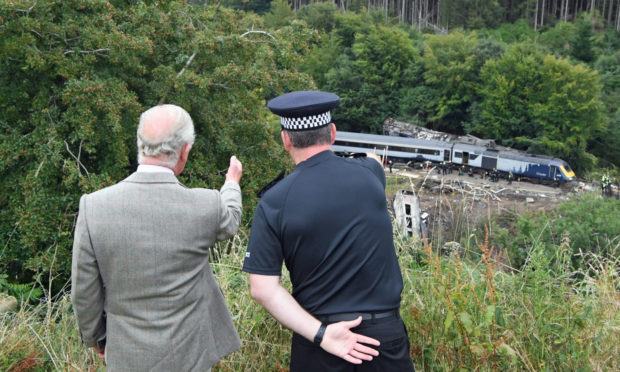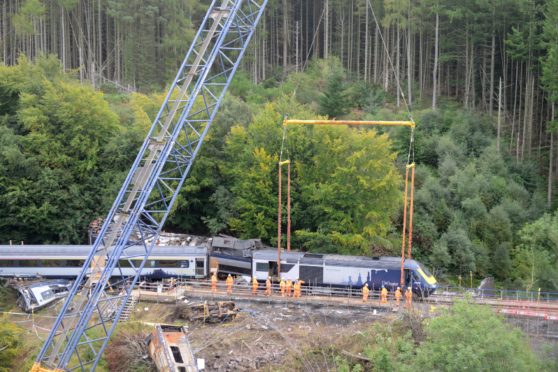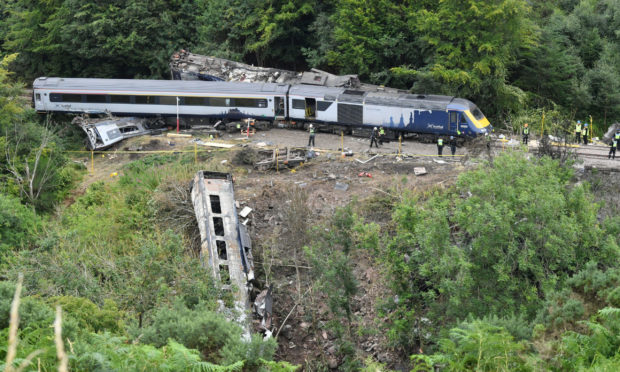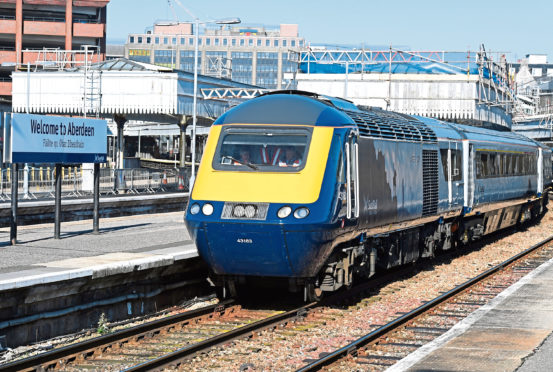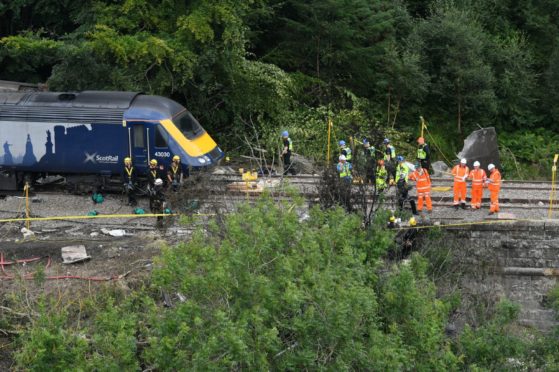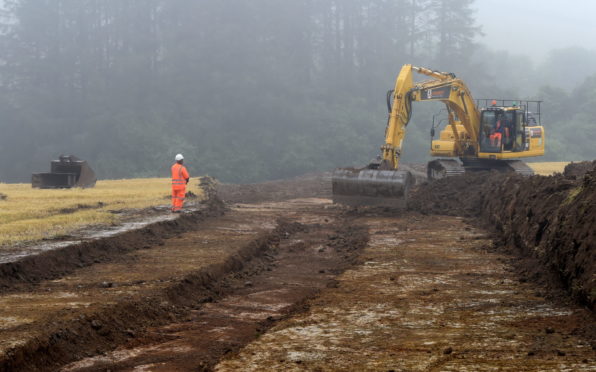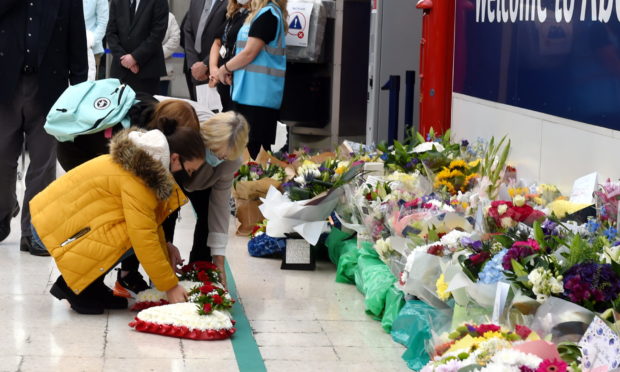A rail expert has revealed that the structure of the earth will form part of the investigations.
The derailment – which left three people, including the train’s driver and conductor, dead – is believed to have been caused by a landslide.
Following the incident on Wednesday morning, an inquiry has been launched – and Network Rail have been told to report to Westminster transport chief Grant Shapps by September 1.
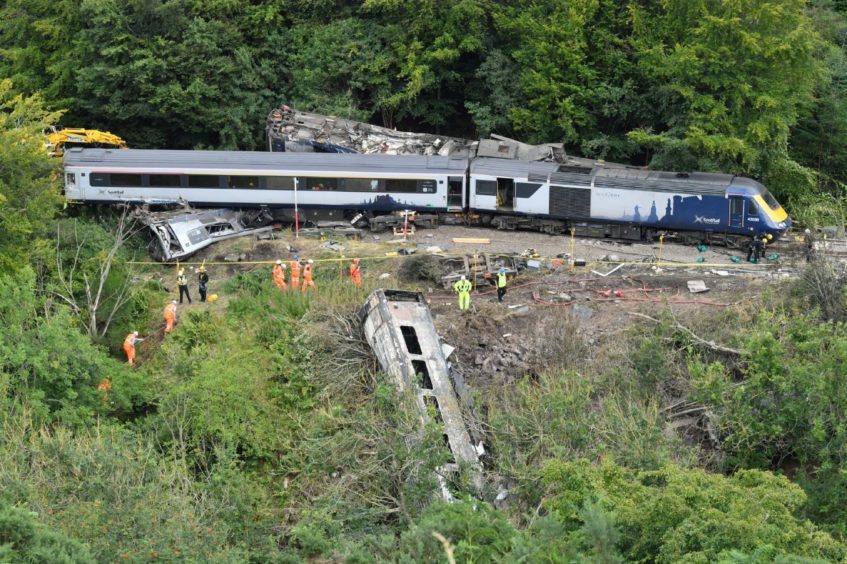
Much of the investigation is likely to focus on what role Tuesday night’s stormy weather played – and Scottish Government transport secretary Michael Matheson has already revealed it had an impact.
Ali Chegini, the director of system safety and health at the Rail Safety and Standards Board (RSSB), said: “We know earth structures, such as embankments or cuttings which are ageing, have been deteriorating quite significantly with adverse weather conditions. We have seen a particular uptick in the failure of these, especially cuttings, during severe weather events.
“They have generally resulted in very quick failures, particularly when those events have followed a period of dry activity.
“Network Rail is acutely aware of the sensitivity of these structures and the risks they pose, and has been implementing a programme of monitoring and inspection.
“However, we have 10,000 miles of railway and 20,000 miles of track in this country. There’s also 190,000 earth structures, so there is a huge volume of work to monitor and improve all these.
“If it turns out this is a failure of an earth structure, the question that has to be asked is how we can spot these early enough to make sure this doesn’t happen, or make sure trains aren’t in the area when they do.
“It requires very thorough constant vigilance and monitoring.”
Meanwhile Kevin Smith, the editor-in-chief of the International Railway Journal (IRJ), said the incident would be likely to bring about improvements.
He said: “Such incidents are really rare – it’s been nearly 13 years since the last such fatality in Britain.
“Network Rail also has a very proud safety record and there is a culture of safety embedded throughout the organisation, for example, through its Home Safe plan.
“Andrew Haines’ comments about increasing inspections at dozens of sites with similar conditions as a precaution is a sensible response.
“I also think this emphasises the challenge Network Rail faces of protecting and maintaining 15,000+km of railway infrastructure across the country.
“On the whole they do a good job, which is emphasised by how rare these type of events are.”
